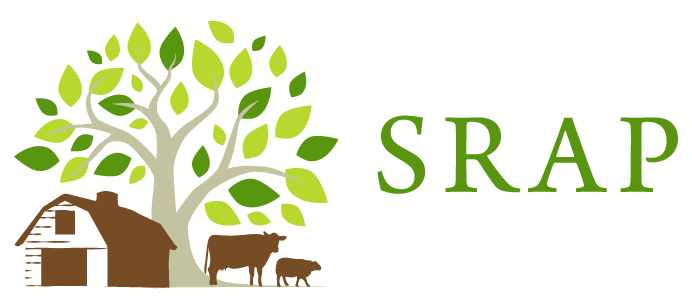Highly Pathogenic Avian Influenza (HPAI) H5N1, aka Bird Flu

The industrial livestock system is a uniquely powerful breeding ground for the spread of diseases such as highly pathogenic avian influenza (HPAI), also known as “bird flu”. This viral disease, which infects wild birds as well as commercial poultry flocks, has now spread to industrial dairy herds, a growing number of mammals, and humans, raising concern for future human-to-human transmission.
Concentrated animal feeding operations (CAFOs) confine thousands—and sometimes millions—of animals in crowded conditions without access to open air and sunlight. These factors create an ideal environment for diseases like HPAI to spread and mutate within flocks and herds, leading to the death of millions of birds and posing a direct public health threat to farmworkers and surrounding communities.
Industrial livestock production is designed to increase corporate profit at all costs, regardless of the impacts to workers, public health, animals, or the environment. Employers have no incentive to monitor workers for bird flu, and workers fear losing their jobs if they do not work through illness. Employers’ failure to provide information about disease transmission, proper training, or protective equipment further increases the chance of human infection.
HPAI and its control measures also add to the unequal risk contract growers carry for the benefit of corporate integrators. For instance, in addition to the increased risk of human illness, contract growers face potential financial hardship if a flock contracts avian flu, needs to be euthanized, and isn’t quickly replaced by the integrator.
An accounting of the true public risk of HPAI must include the hundreds of thousands of food system workers, their families, and communities living near CAFOs. Yet the government’s current outbreak response favors confidentiality over transparency, leaving neighbors in the dark about the threat to public health and the environment. Effective government action to control the bird flu outbreak cannot rely on industry self-regulation, nor continue to provide life support to the current system. Instead, we must transition to safer and more socially responsible farming practices that cultivate biodiversity and resilient rural communities. Regardless of what happens next with this disease, dismantling the industrial livestock system in favor of one ultimately accountable to people and the environment—not profit—is essential to infectious disease and pandemic prevention.
Featuring public health and policy experts, farmworker advocates, and a former contract grower, this SRAP webinar explores how the extreme concentration of food animal production contributes to the spread of H5N1, and what it means for your community.
Additional Resources
- H5 Bird Flu: Current Situation (CDC)
- Detections of Highly Pathogenic Avian Influenza (APHIS)
- National Center for Farmworker Health: H5N1 Bird Flu Response
Connect with SRAP to work toward a socially responsible food system!
